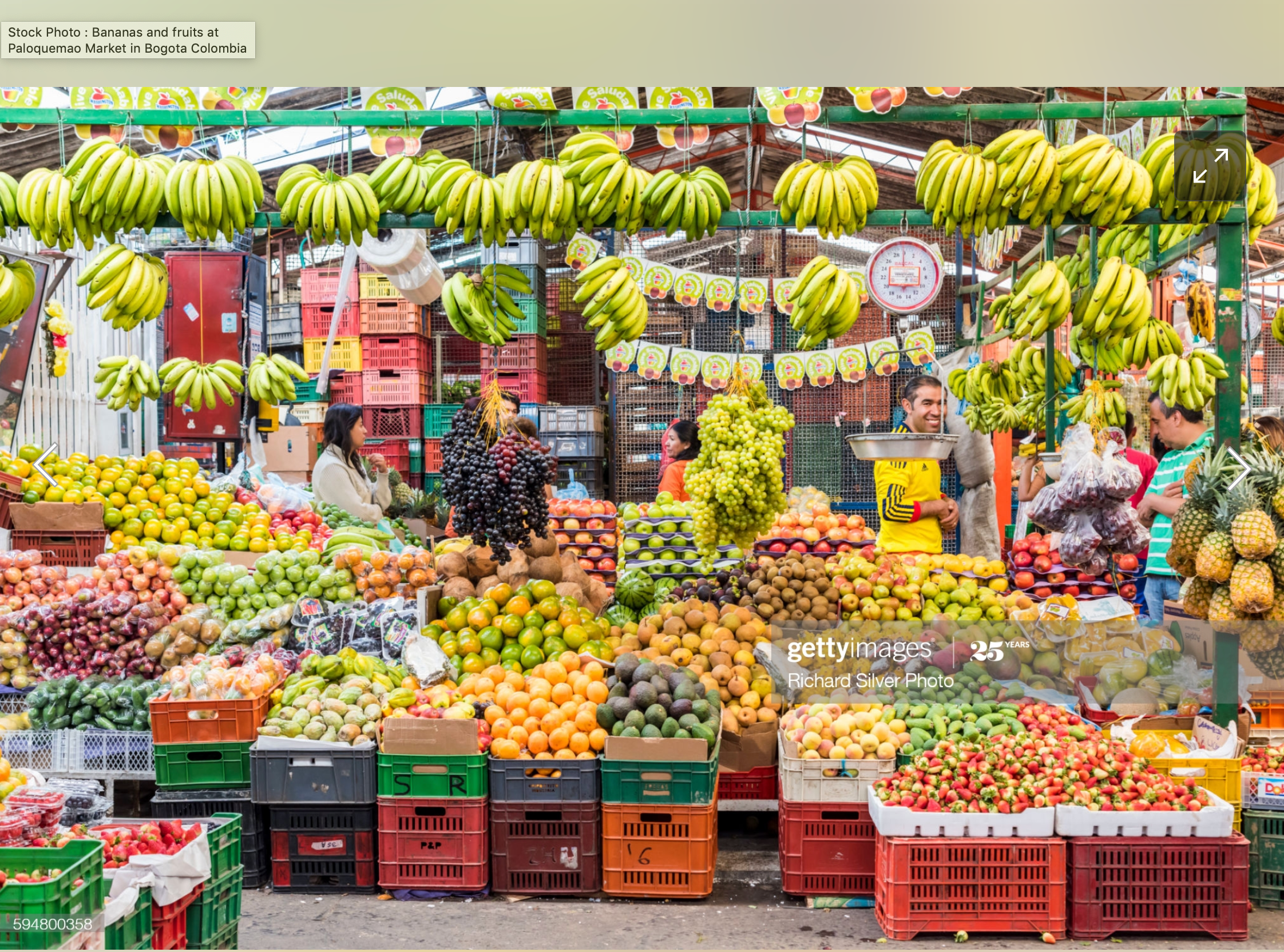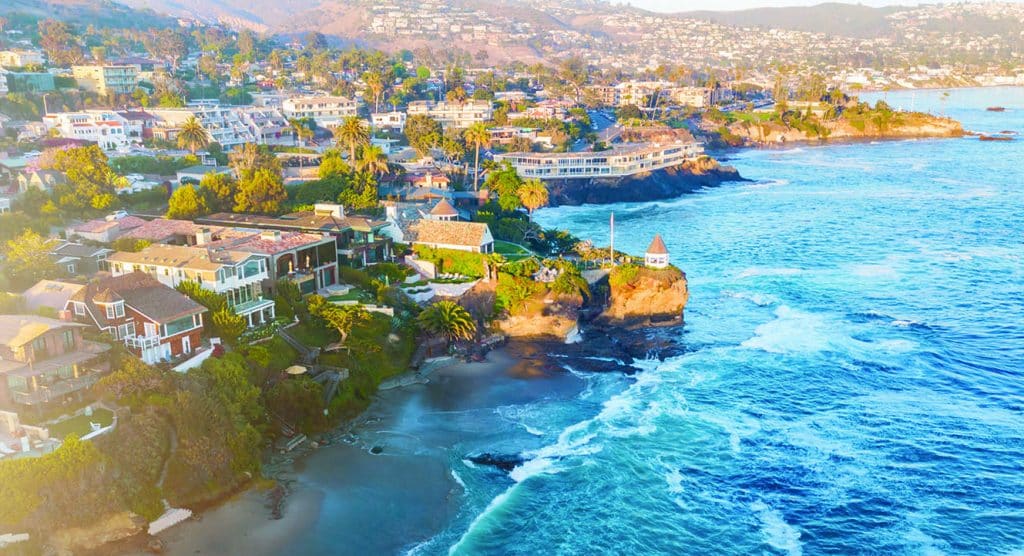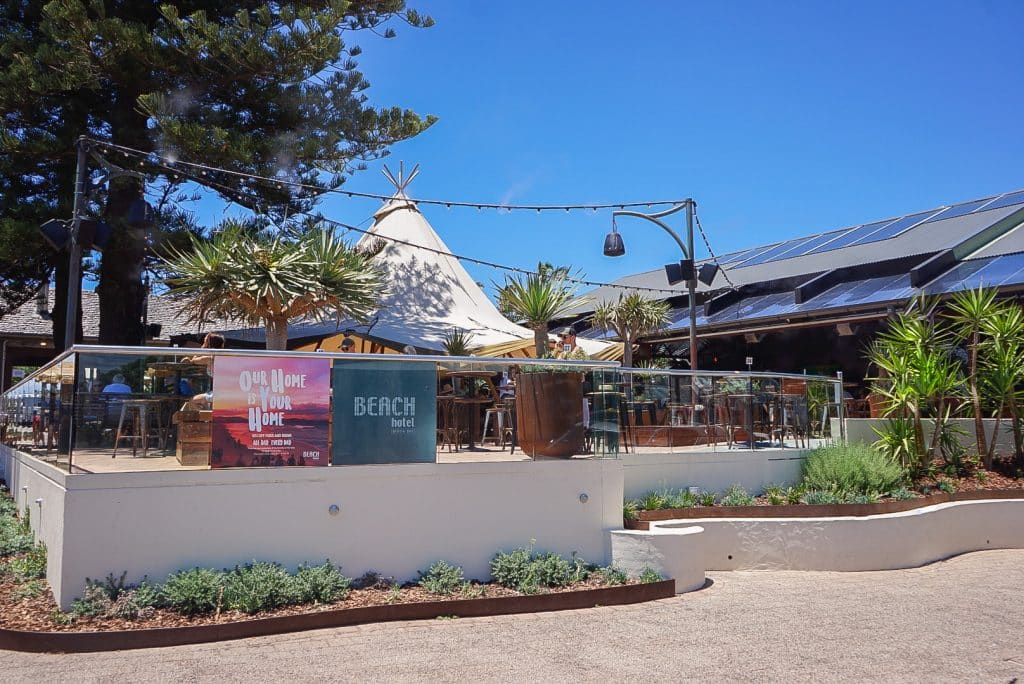
The Perseverancia market square in Bogotá is one of the Colombian capital’s iconic food destinations. Dating back to 1932, it has undergone renovations in recent years and today it’s the home of traders selling all kinds of foods from individual cooking stalls. The choice is vast – from fresh fish with coconut rice and deep-fried plantains to arepas, the ubiquitous cornmeal cakes, and tamales; it’s all there.
The market is the central focus of the Bogotá episode of the Netflix series Street Food, Latin America, and with good reason as it neatly demonstrates the diversity of cuisine found in Bogotá today.
The city is a melting pot of regional cuisines. “Like every other capital city in the world, Bogotá concentrates people from  every single region all over the country,” says Leonor Espinosa (right), the chef owner of Restaurante Leo and one of the best-known culinary ambassadors of Colombian cuisine. “This is a city where you see the cuisines from all over Colombia.”
every single region all over the country,” says Leonor Espinosa (right), the chef owner of Restaurante Leo and one of the best-known culinary ambassadors of Colombian cuisine. “This is a city where you see the cuisines from all over Colombia.”
Espinosa, who hails from the Caribbean, has spent the last 30 years in Bogotá. Her restaurant is the first in the country to make it on to the World’s 50 Best Restaurant list and Espinosa was named Latin America’s Best Female Chef in 2017.
As a country, Colombia has every kind of terrain and climate: from the Pacific Ocean to the Caribbean; mountains and valleys and the Amazonian forest to name a few. It is second only to Brazil in its biodiversity. Visitors to Bogotá will experience an incredible range of produce.
Anthropologist and culinary writer Julián Salas says the key to the city’s culinary diversity is migration. “We have lived through many years of war and conflict and people from the countryside had to leave their towns and migrate to the capital,” he explains. “When people travel, their cuisine travels with them. The farmers brought with them their own dishes and their cooking heritage; in the market squares of the big city they are able to find the ingredients to recreate the food they know.
Today, there are 48,000 restaurants in the city reflecting every region and local cuisine – Estrada calls Bogotá “Colombia’s kaleidoscope.” After years in the shadow of Latin America’s gastronomic heavyweights Lima and Mexico City, Bogotá has made great strides in bolstering its position, but it is still early days in a global picture. “Bogotá has not enjoyed the same promotion as Peruvian and Mexican cuisines and it is only in the last five years that chefs in Bogotá have started to make their mark internationally,” says Estrada. “Before we lived in awe of the foreign and didn’t recognize our own strengths.”
Gastronomy in the time of Covid
Of course, assessing the status of any city at this time as the world is dealing with a major pandemic, is challenging. Benjamin Lana, the president of the gastronomy division of media company Vocento Group, which organizes Spanish gastronomy congress Madrid Fusion, describes the situation in Colombia as “more than difficult”.
“These months have been terrible for the sector, but six months ago it was a scene of interesting restaurants and an interesting gastronomy , young people doing different things,” he says.
The city’s restaurants closed their doors in March when the city went into lockdown and slowly started the reopening process in early September. Espinosa says that the impact of Covid-19 will linger as restaurants fail to reopen. She points to two iconic restaurants in the city that have been threatened with permanent closures due to the pandemic. Andrés Carne de Res on the outskirts of Bogotá, a legendary destination for diners seeking an experience in a hard to describe restaurant that offers classic Colombian cuisine alongside performance art, music, dance and comedy in a huge space.
“Andrés Carne de Res showcased not only Colombian cuisine – because it was a traditional restaurant – but it was also a movement demonstrating that we Colombians are party lovers, we love to dance and have fun,” says Espinosa.
Another historical gem in the capital city’s Candelaria neighbourhood, La Puerta Falsa, would have been lostwithout financial support from Rosario University. Dating back to 1816, it is the country’s oldest restaurant and remains as popular as ever with customers queuing out the door of the tiny shop to sample typical dishes such as ajiaco soup and tamales that La Puerta Falsa is famous for.
“These restaurants are almost identical to the city,” says Espinosa. “So, the impact of Covid is that the economy of the restaurant sector is left vulnerable and these iconic sites, that add identity to a city, start to close and that is serious,” she says.
The world watching
Though there is a difficult time ahead for hospitality in Bogotá, the last five years before the Covid-19 pandemic stopped life as we knew it, has seen momentum building for Bogotá to be seen as a gastronomic destination.
The chamber of commerce and local government understand that a strong gastronomy sector brings tourism and has invested in promoting the culinary focus to put Bogotá front and centre of the Latin American gastronomic destinations.
The celebrations of Latin America’s 50 Best Restaurants were held in Bogotá in 2017 and 2018 and last year saw the  inaugural Bogotá Madrid Fusion, an international edition of the Spanish congress, bringing some of the world’s best chefs to the city.
inaugural Bogotá Madrid Fusion, an international edition of the Spanish congress, bringing some of the world’s best chefs to the city.
Bogotá Madrid Fusion is set to take place over a total of five years, though the 2020 edition will be different for painfully obvious reasons.
When Benjamin Lana and his team decided to start an international edition of the congress, Colombia was a straightforward choice. “Everybody said, ‘why not Peru or Mexico?’ but we think, culinarily speaking, Colombia is interesting right now. There is a huge biodiversity and many different regional gastronomies and cultures,” he explains.
Another aspect that appealed was that Colombia is far from fully formed in culinary terms. “It is not a country with a long-term project to promote the culture and cuisines overseas,” he says. “A decade ago most restaurants in Bogotá were French, Italian, Japanese or Peruvian, it was not a culture that focused on local products and recipes.”
Now, a concerted effort to attract more tourists means a greater attention on developing and promoting local cuisine. “We think this is a very rich place and we can help show that the by bringing the best cooks in the world to mix with the local cooks,” Lana adds.
A new generation of chefs
Contributing to the elevation of Bogotá’s restaurants is the return of several young chefs who have traveled and learned in kitchens around the world. “This is important,” says Lana. “There’s this new generation of cooks who are cooking Colombian for the first time.”
These include Álvaro Clavijo who learned to cook in Spain and France before moving to the US where he worked under Matt Orlando in Thomas Keller’s Per Se restaurant. He opened his restaurant El Chato in the trendy Chapinero neighborhood of Bogotá and has become a poster boy for the recent dining revolution in the city.
Clavijo and his colleagues follow in the footsteps of chefs such as Espinosa, Harry Sasson and the brothers Jorge and Mark Rausch who have all operated restaurants in Bogotá for many years and are well established.
Daniel Alvarado, a Bogotá native – or Rolo as those born and bred in the capital are known – has watched in wonder from afar as his home city has changed. He has lived in the UK for many years and is currently working as the food and beverage director of Dinings restaurant in London.
“The Restaurant scene in Bogotá has changed dramatically in the last 10 years and chefs such as Álvaro Clavijo and Leo Espinosa represent the country in the global rankings, putting the city on the map in the culinary world,” he says. “On the back of this people are feeling proud of their culture, which has encouraged people to consider a hospitality career and join the food industry.”
It is this generational shift in food that Bogotá can add to the incredible diversity in cuisines. Many new openings are more daring and avant garde; restaurants opened by chefs who want to set out their own stall.
“Today, chefs in Colombia, just like in the rest of the world, are committed to telling the story of their national cuisine in their cooking and doing so they combine innovation with many traditions,” says Espinosa. “In terms of innovation these are restaurants that can compete with the best restaurants of the capital cities in the US, Europe and Asia.”
A city of neighborhoods
The fact that all of Colombia has converged on the capital means that even the dishes that are identical with other regions are found in Bogotá. Suckling pig is just one example, says Espinosa. “It’s a typical dish of the central region of Colombia, but the dish traveled and today there are many restaurants that specialize in suckling pig in Bogotá,” she says.
Acknowledging that most visitors in the city head for the well-known fine-dining restaurant, she says it is worth sticking around to discover the lesser known gems, that cook local cuisine. “They are less obvious, and it is necessary to explore a bit deeper, but worth the trip. It’s a wholly different city from that of luxury restaurants,” she says.
As a city Bogotá can feel vast and difficult to navigate, but most visitors will pass through the historic neighborhood La Candelaria in central Bogotá. Here, a concentration of restaurants sit alongside government buildings and some of the country’s most important museums and monuments.
 This is the area where restaurateurs Mario Rosero and Meghan Flanigan (left) chose to open their restaurant Prudencia, which focuses on cooking over fire and an ever-changing menu.
This is the area where restaurateurs Mario Rosero and Meghan Flanigan (left) chose to open their restaurant Prudencia, which focuses on cooking over fire and an ever-changing menu.
The pair opened Prudencia in 2016. “We have always loved this neighborhood and we felt it was culinarily underserved,” says Flanigan. “We were inspired by the people who lived here and the mix of intellectuals and cultural organizations here.”
In the years since they returned to Bogotá after a stint in the US they have witnessed a dramatic change in the dining scene – and the dining public. “We have seen a big shift in the clientele, they are much more openminded today,” says Flanigan. “Before they would come in and say, ‘I don’t want this, I want a portion of rice instead’ but now they’ll say, ‘I’ll try this, where has it come from, what’s this flavor’. For me that is a sign of progress.”
Alvarado points to a fairly recent culture of eating out in Bogotá. “This was not always a habitual occurrence for locals in the city but it has changed too. “A couple of years ago eating out was considered a luxury and people would only go out for a celebration, but this has changed a lot and you will find everything from top-level restaurants to neighborhood restaurants full every day,” he says.
Though, he is positive about the progress Bogotá has made in recent years Alvarado believes there is still some way to go. “I think the city is still far away from other Latin American cities like Lima or Buenos Aires where gastronomic influences have been present for a long time and definitely been strongly marked by European immigrants bringing a blend of rich cultures to the mix,” he says. “Bogotá has awakened with a group of new chefs wanting to showcase the Colombian cuisine and create different fusions of flavors and techniques. I am sure it will continue to surprise many people in the near future as a gastronomy and tourism destination.”
Tina Nielsen




